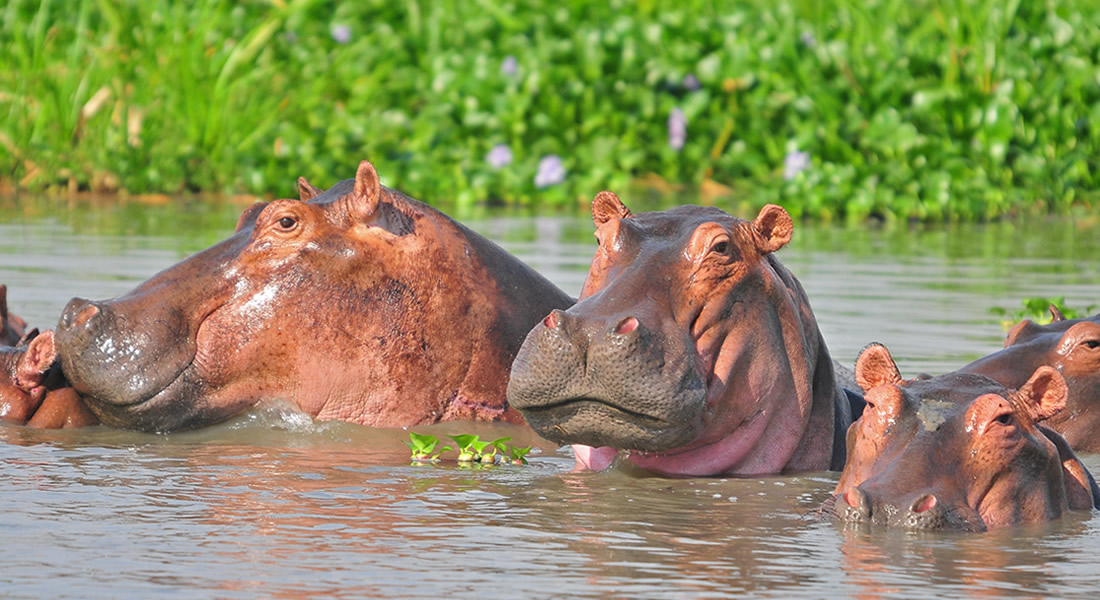The Katonga Game Reserve, a 210 square km game reserve, was established in 1964 to serve as a staging location for animals travelling from western Uganda to South Sudan and Tanzania. After the game department and the Uganda national parks united to establish the Uganda Wildlife Authority, it was designated as a wildlife reserve. The Kibale Forest Conservation Area manages the Katonga Game Reserve, which features a variety of flora types including grasslands, woods, swamps, riverine grasslands, papyrus, and significant portions of year-round or temporary wetlands. The entire wildlife reserve is covered with this greenery.

It was called after the River Katonga, which originates in the southwest of Uganda. Originally flowing westward towards Lake George, the river shifted course to Lake Victoria as a result of the Albertine Rift Valley’s elevations, becoming one of the highlights of a safari in Uganda. The reserve is home to approximately 100 bird species and 40 different mammal species, including the rare sitatunga, which is only found in eastern and central Africa. The reserve is linked to the Nile system, creating a wetland necessary for human life. Its strategic placement between forests, wetlands, and savannah flora makes it the ideal site for a diversified environment.
Elephants, waterbucks, bushbucks, reedbucks, and sitatunga are just a few of the animals that call it home. Zebra and topi are no longer common sightings in the game reserve. Sitatunga antelopes, a very secretive animal that can be spotted early in the morning before the sun comes up, are widely known for inhabiting Katonga. You may view sitatunga around the edges of the swamp by following a sitatunga route with an expert guide. Due to their shyness, during a two-day search, it is feasible to encounter 5 or 6 sitatunga on this nature walk. For safety reasons, it is best to dress in clothing that blends in with the environment, such as long sleeve shirts and trousers and boots.
There was little room for animals in the wildlife reserve because of how severely farmers and cattle grazers had encroached. The Uganda Wildlife Authority has attempted to safeguard the region by informing the community, placing signposts, and enforcing severe regulations to exit the game reserve.
They were murdered for commercial and subsistence purposes, which resulted in a significant decline of the animal population. All trespassers were driven out of the wildlife reserve in 2014. Zebras and impalas were among the animals sent to Katonga in order to expand animal populations and promote tourism in the region. Other creatures including the red otter, colobus monkey, and kobs reside in the reserve, along with a variety of reptiles and amphibians.
The Banyakole, a tribe of Bantu people who raise long-horned cattle known as Ankole, surround the area. A visit to their villages would be organised along with a trip to the Katonga game reserve, which is best experienced between July and September, January, and February because of the favourable weather conditions. However, because Uganda’s weather is so unpredictable, it could rain at any time.
Katonga is located in western Uganda’s Ibanda and Kamwenge districts along the banks of the Katonga River, about four hours’ drive from Kampala, the country’s capital. Campgrounds and the surrounding town of Kamwenge also provide lodging options.
